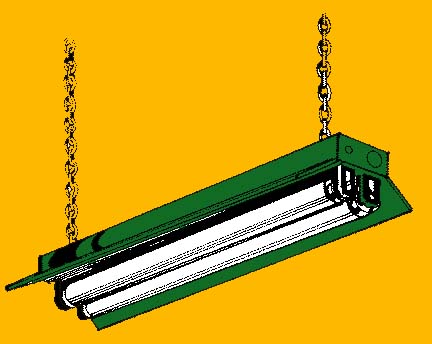Level 3: Histograms of Spectra

|
|
To learn more about Margaret Geller, please click here |
Hi! I'll be with you in a minute. I am Margaret Geller. My work on mapping space has been very rewarding. Each spot on the map you see in this picture is a whole galaxy! Astronomers have discovered that other galaxies are rushing away from us-- by looking at their spectrum histograms!
Now then: learning to recognize a type of light source from its histogram is very useful. Finding what a light source is made of by looking for the light from various elements in its histogram is a very important part of astronomy. To help you get better at this, I have a little exercise for you to do. Someone just handed me a bunch of spectra, but didn't tell me what the sources are.
To Do: Click on a numbered source in the list below to obtain a set of color cards. Write down the intensity numbers for each color. Now use the mouse to drag these cards onto their places on the graph below. Pay close attention to the shape of the histogram as it forms. You might want to describe or draw it in your notebook.
Next: Your job is to figure out if this histogram matches with any of the sources you studied with Maria Mitchell. Click any light source on the symbol bar to see its histogram. The histogram will appear in a NEW WINDOW. You may need to move the windows, or scroll up or down, to get both histograms on the screen.
Observe and Record: Is this the same as the histogram that came from the color cards? Write down in your notebook why or why not. Be as precise as you can.
Examine the other light sources until you have found one whose shape matches the histogram of your mystery source. When the graphs match, you know they came from the same source. What is the mystery light source for the histogram? Has the light been filtered?
Continue:
- Select a different mystery source to get another set of color cards and match it with one of our known sources. You can repeat this activity as many times as you like.
- Make some "random numbers" sources. Write down the numbers and draw them in your notebook. Do they ever match any of our real source histograms? Why or why not?
Next: In our game, you sometimes found that a source was made of a single element. But how could you know what a more complicated light source, like a star or a galaxy, is made of? Well, one way would be by creating a model of the source yourself! Your next guide will show you how, and assign you one final task for this section.








